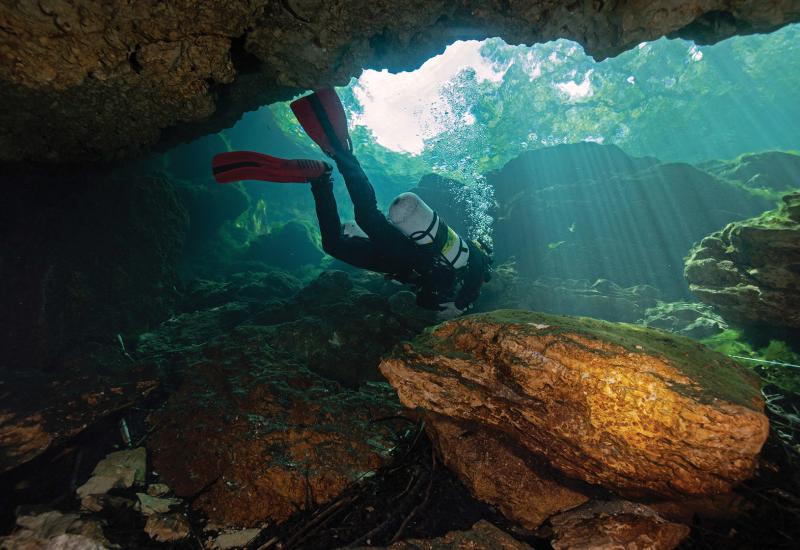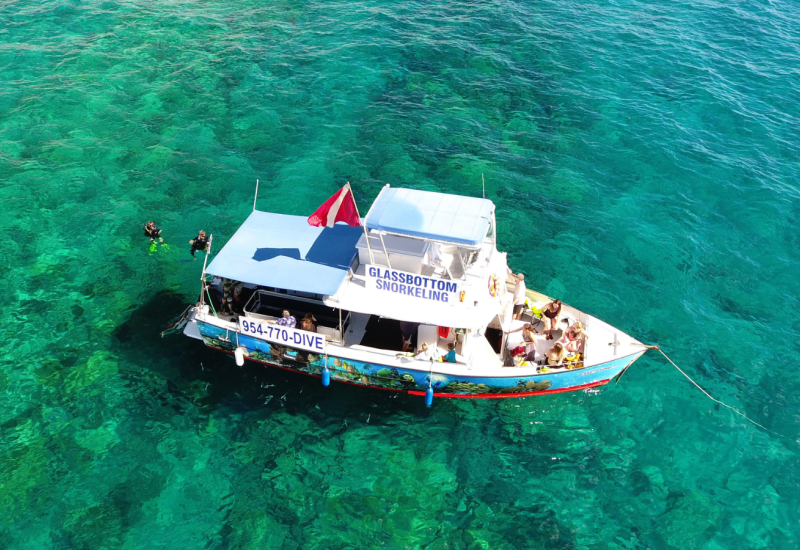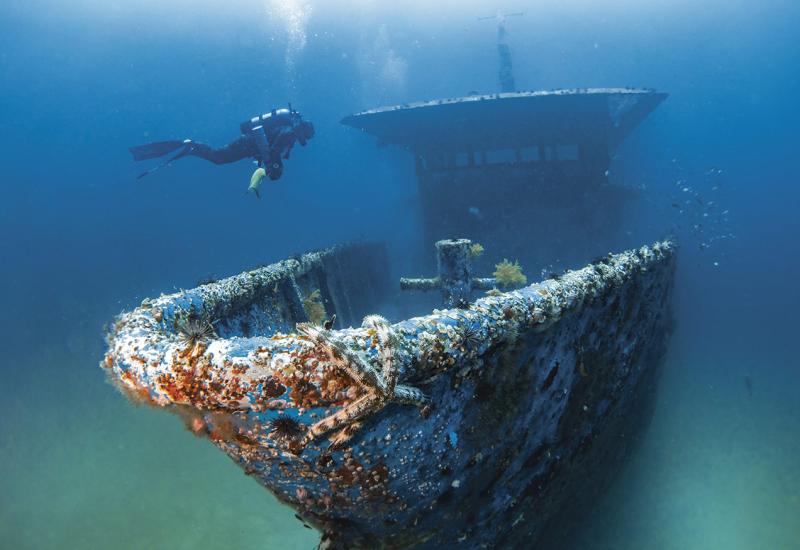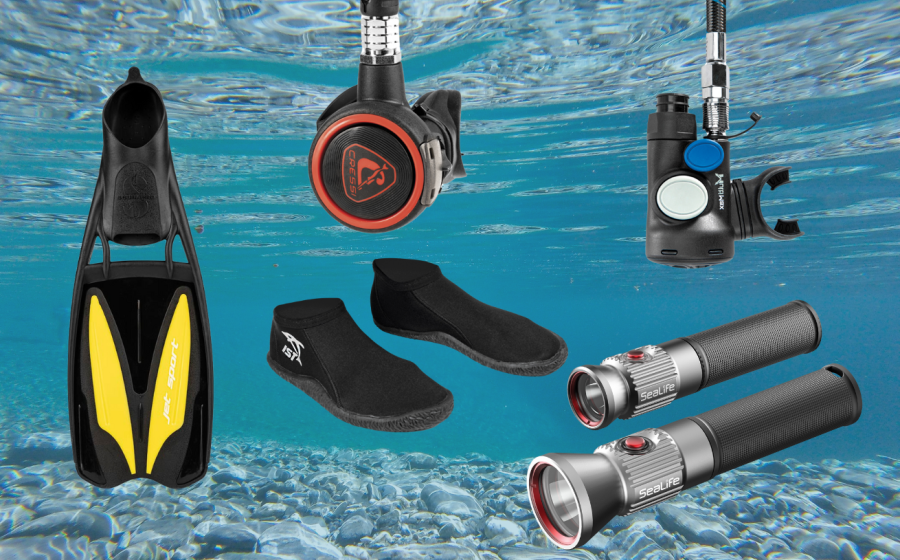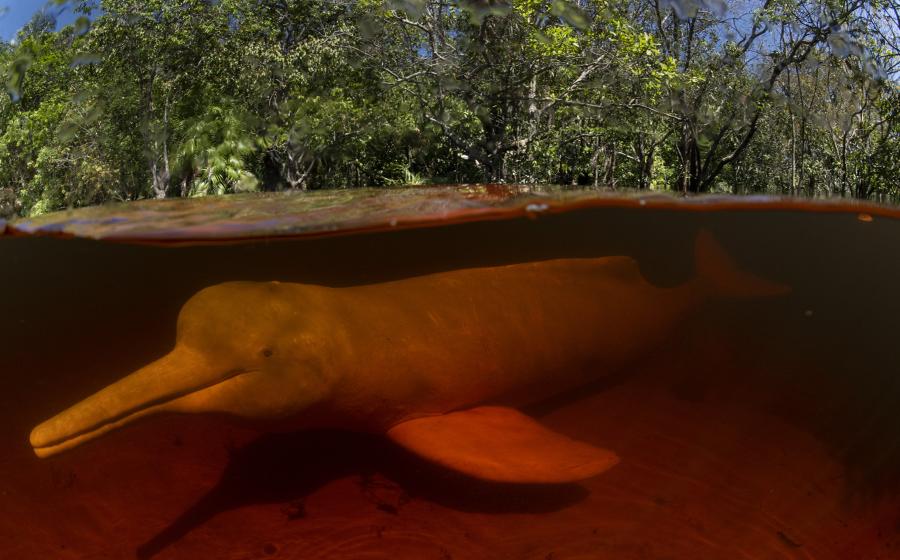Underwater Photography: Shooting In Silence

Craig DietrichShark photographed in Jupiter, Fla. using a Canon 7D with a Tokina 10/17mm lens.

Craig DietrichBarracuda photographed on the wreck of the United Caribbean in Pompano Beach, Fla. with a Sony NEX5-N with a 16 mm lens.

Craig DietrichA pair of butterflyfish photographed on the wreck of the Copenhagen in Pompano Beach, Fla. with a Sony NEX5-N and a 30 mm lens.

Craig DietrichAn octopus photographed on the wreck of the Copenhagen in Pompano Beach, Fla. with Sony NEX5-N and a 30 mm lens.

Craig DietrichA close look at a sea turtle photographed in Pompano Beach, Fla. with a Sony NEX5-N and 30mm lens.
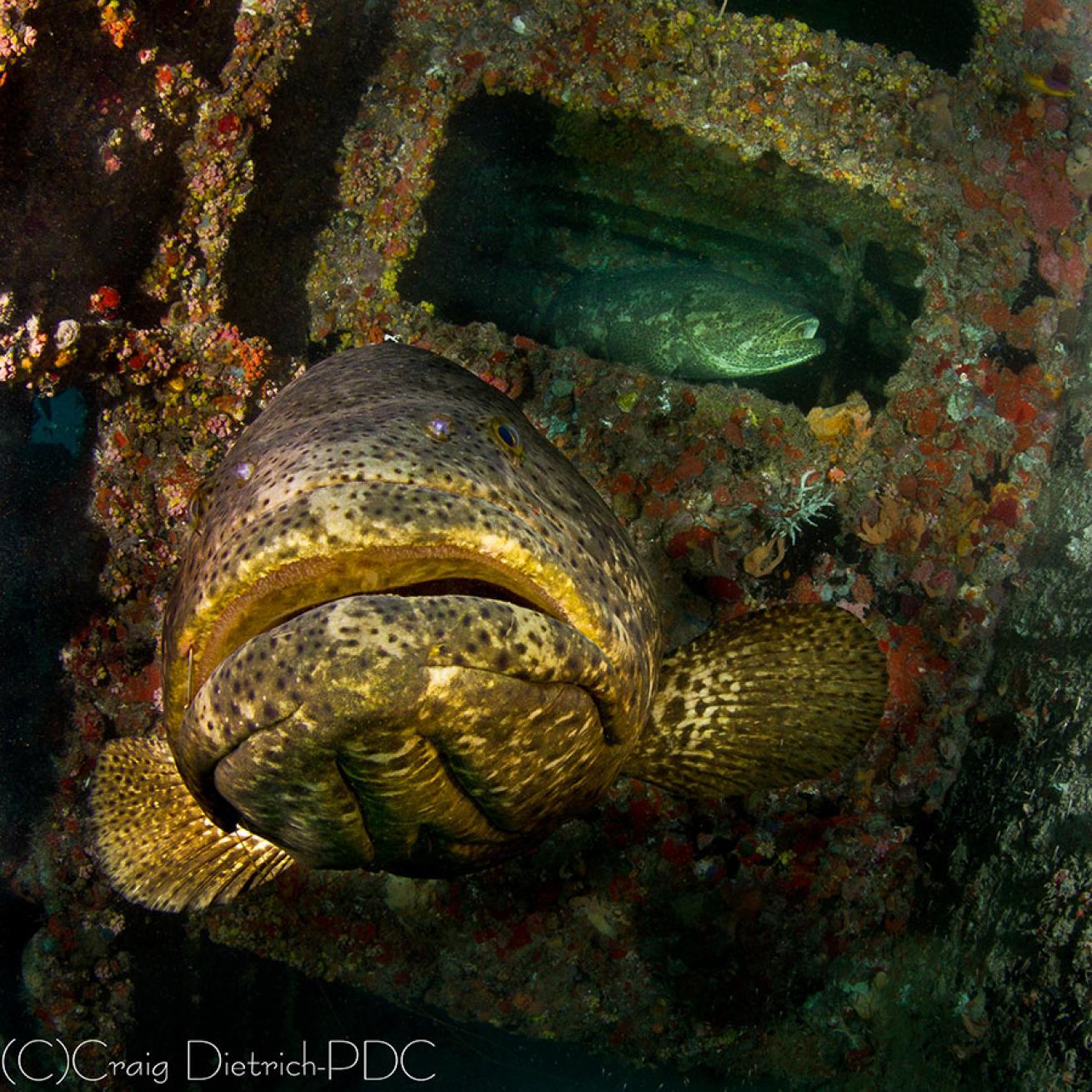
Craig DietrichA Goliath Grouper photographed on the wreck of the Castor in Boynton Beach, Fla. with a Canon 7D and Tokina 10/17 mm lens.

Craig DietrichA rebreather diver in Boynton Beach, Fla. has a bubble-free dive experience that won't scare away any marine life. Image taken with a Canon 7D with Tokina 10/17mm lens.
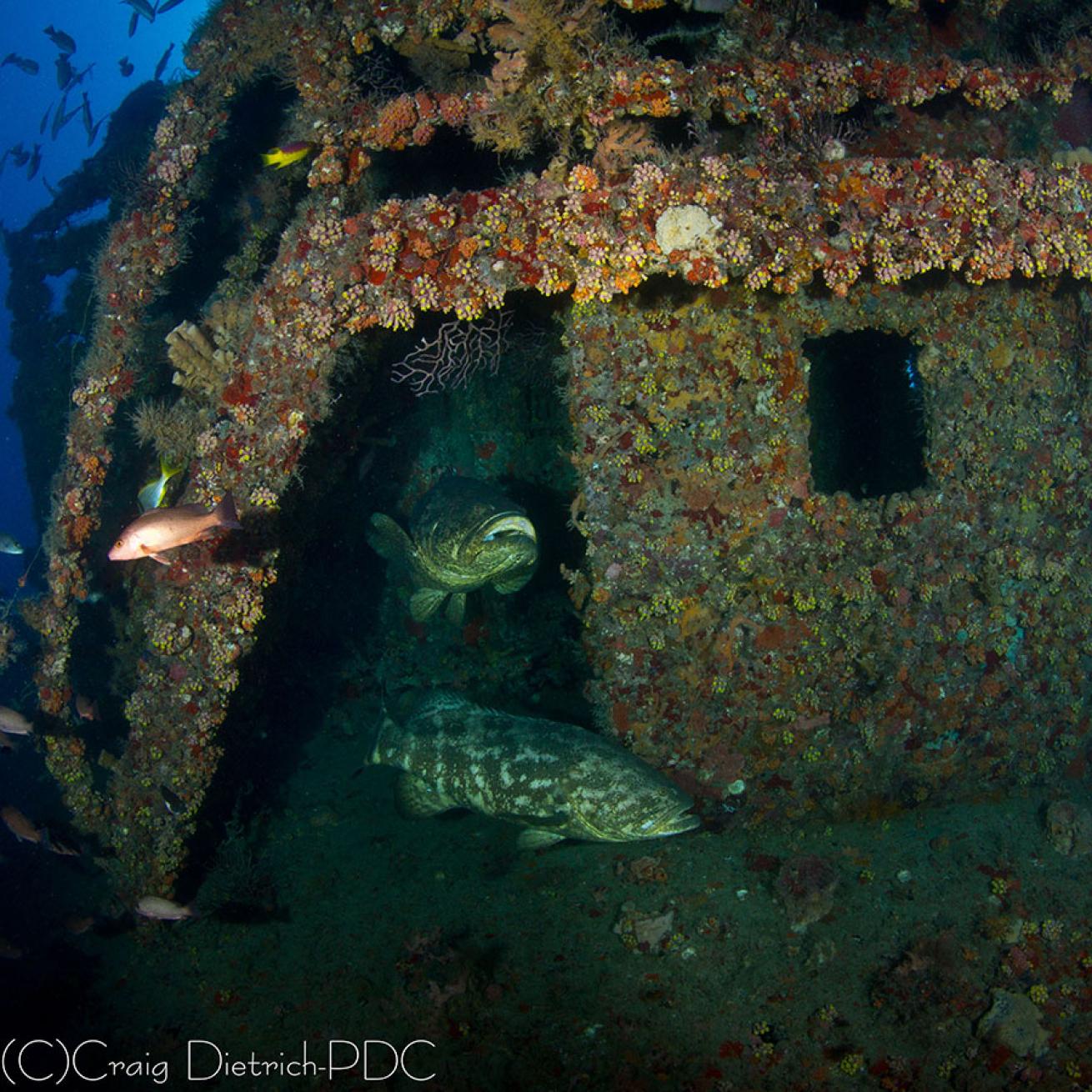
Craig DietrichA Goliath Grouper pair photographed on the wreck of the Castor in Boynton Beach, Fla. with a Canon 7D and Tokina 10/17mm lens.

Craig DietrichA rebreather diver approaches a Goliath Grouper near the wreck of the Castor in Boynton Beach, Fla.
The image was taken with a Canon 7D and a Tokina 10/17mm lens.
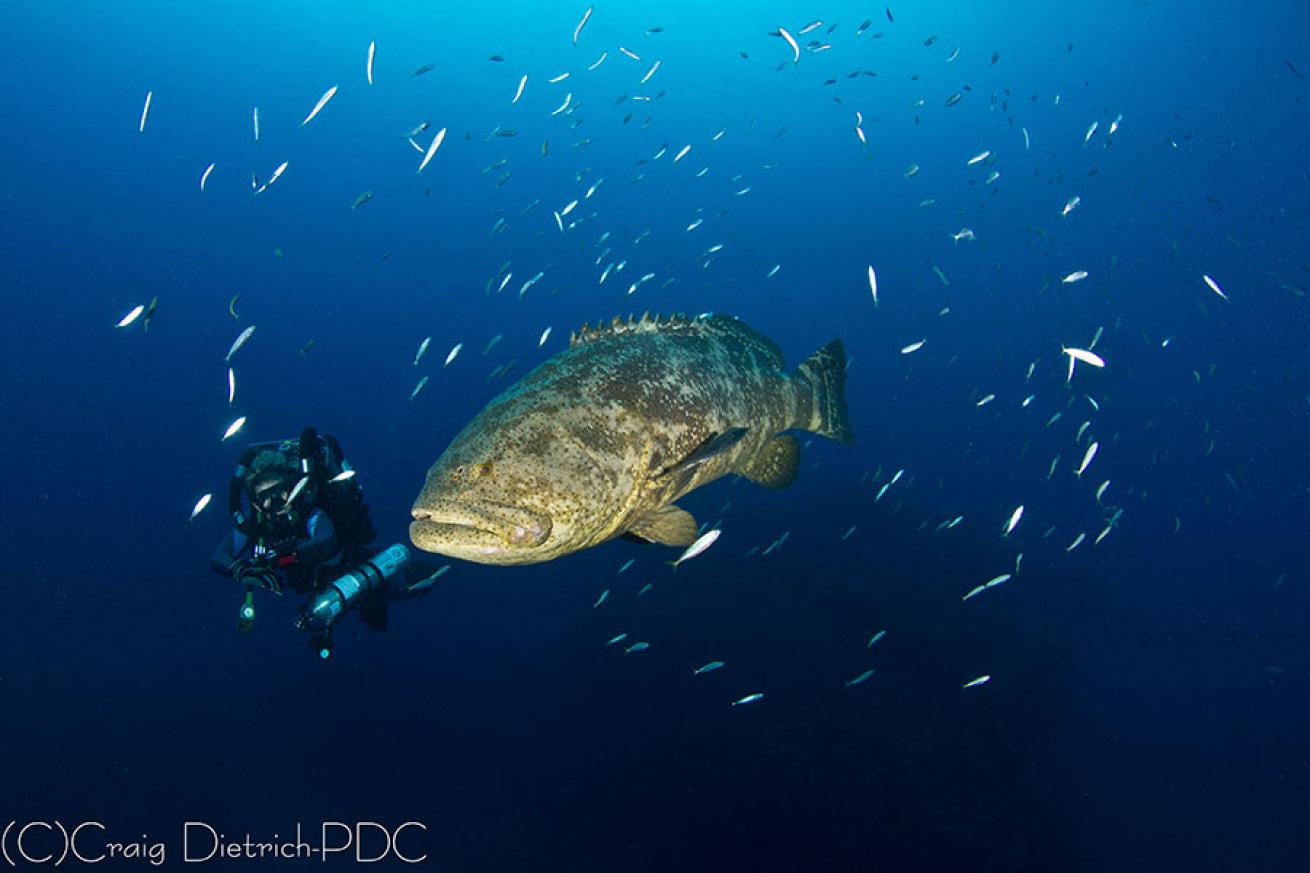
Craig DietrichA Goliath grouper and rebreather diver swim in tandem near the wreck of the Castor in Boynton Beach, Fla.
Image taken with a Canon 7D and Tokina 10/17mm lens.

Craig DietrichA rebreather diver swims up close with a Goliath Grouper near the wreck of the Castor in Boynton Beach, Fla.
Image taken with a Canon 7D and Tokina 10/17mm lens.

Craig DietrichA diver swims alongside a Goliath grouper near the wreck of the Castor in Boynton Beach, Fla.
Image taken with a Canon 7D and Tokina 10/17 lens.

Craig DietrichA pair of Goliath grouper explore the wreck of the Castor in Boynton Beach, Fla.
Image taken with a Canon 7D and Tokina 10/17mm lens.
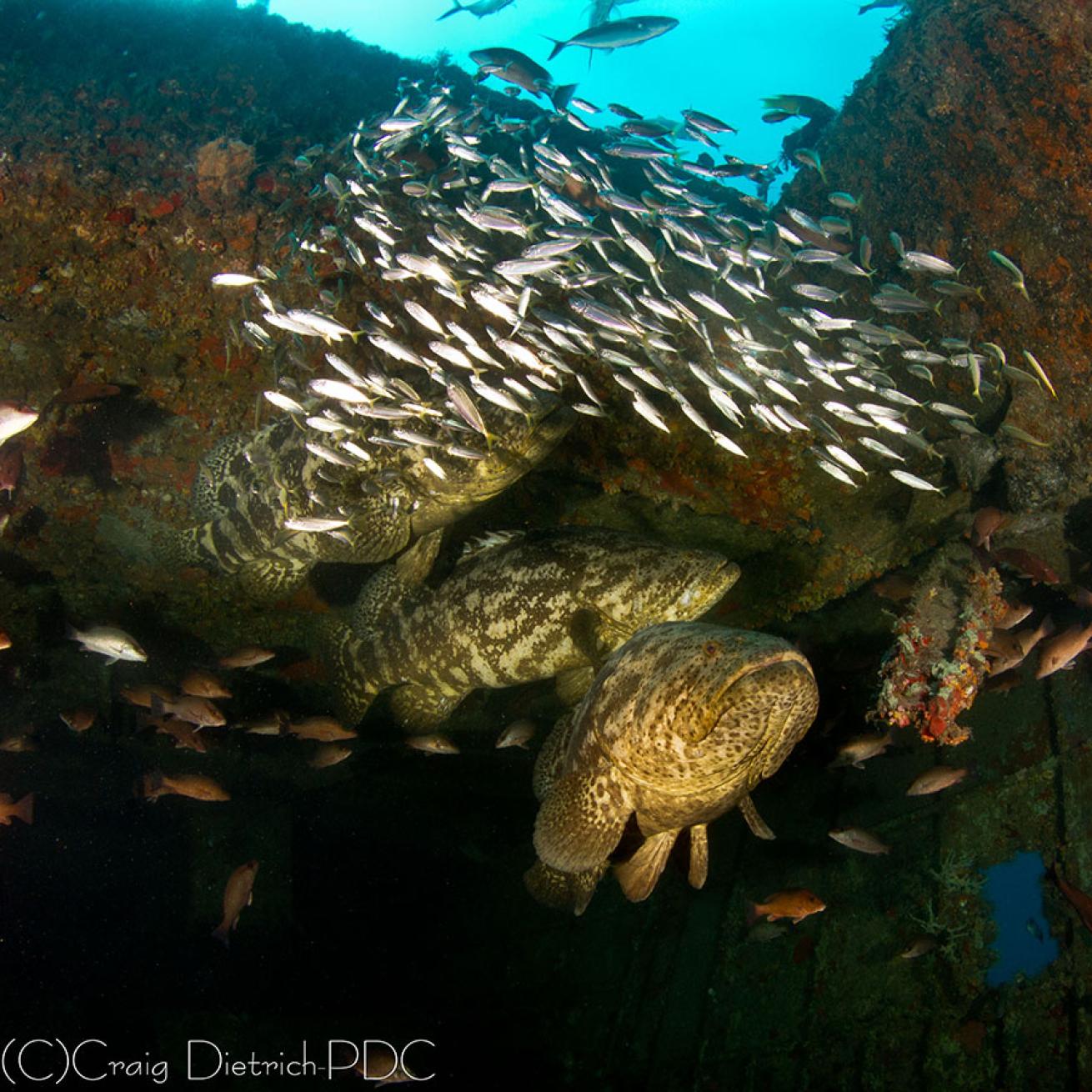
Craig DietrichA trio of Goliath grouper photographed at the wreck of the Castor in Boynton Beach, Fla. with a Canon 7D and Tokina 10/17mm lens.
When it comes to shooting underwater, the less intrusive the better. Which is why a rebreather proves to be a valuable piece of scuba gear when it comes to getting the shot. Here, Pompano Dive Center photo pro Craig Dietrich shares his "silent diving" experiences.
There comes a time for every underwater photographer when he feels that the shot he is about to take is the shot — maybe it’s a simple Queen Angelfish, a dusky shark, or goliath grouper — and he has to exhale, the bubbles scaring the shot away. Often the photographer’s next thought is, “I really need to check out this silent diving I keep hearing about.”
“Silent Diving” is the term given to closed- (or semi-closed) circuit rebreather diving. Many people think that rebreathers are only for technical divers, but with today’s lightweight units, which use sophisticated electronics, they are becoming more popular with recreational divers for longer no decompression limits, longer bottom time and less weight (And for photographers, potentially unmatched possibilities to sneak up on marine life!)
So what does a rebreather do and how is it different from the open-circuit diving that we all know and love?
The primary difference between rebreathers and open-circuit units is that rebreathers reuse some or all of the gas a diver exhales. They essentially recycle every breath the diver takes by removing carbon dioxide and adding oxygen when needed while his breath flows through the machine. The diver doesn’t exhale into the atmosphere; his breath is recycled through the unit. This process allows for “silent diving.”
The experiences I’ve had using a rebreather as a photographer have been unmatched. I have always felt most at peace while underwater, almost finding the sound of my bubbles comforting. Once I began diving the rebreather, I was amazed at how much more peaceful it seemed, as if I was no longer just a spectator, but a true part of the underwater world. And while the fish and other creatures know I’m there, they are more likely to accept me as part of that world if they aren’t afraid of my bubbles, making them more likely to stick around.
It’s a simple concept: no bubbles make sea life less apprehensive, which allows better photo opportunities, which equates to better photos.
Almost anyone can take advantage of diving a rebreather with proper training. PADI requires that divers be certified with both Open Water and Enriched Air Diver Certifications, be at least 18 years old and have a minimum of 25 logged dives. Many people are intimidated by the idea of diving a rebreather — so much equipment and so many things to remember. I remind them that when they were a new diver just learning diving open circuit, they were intimidated with so much equipment and so many things to remember, too. A lot of time and preparation goes into safely diving a rebreather, and when a camera is added into the equation, a diver must maintain an even higher level of awareness regarding his equipment.
But as a photographer, the first time you get within inches of the shot — and are able to capture it — that time and preparation seems well worthwhile.

